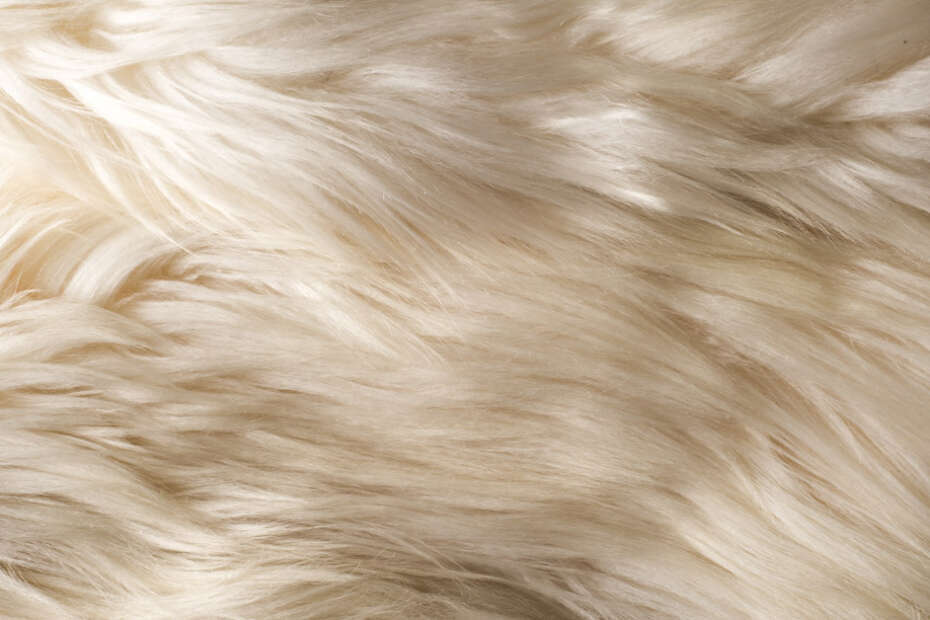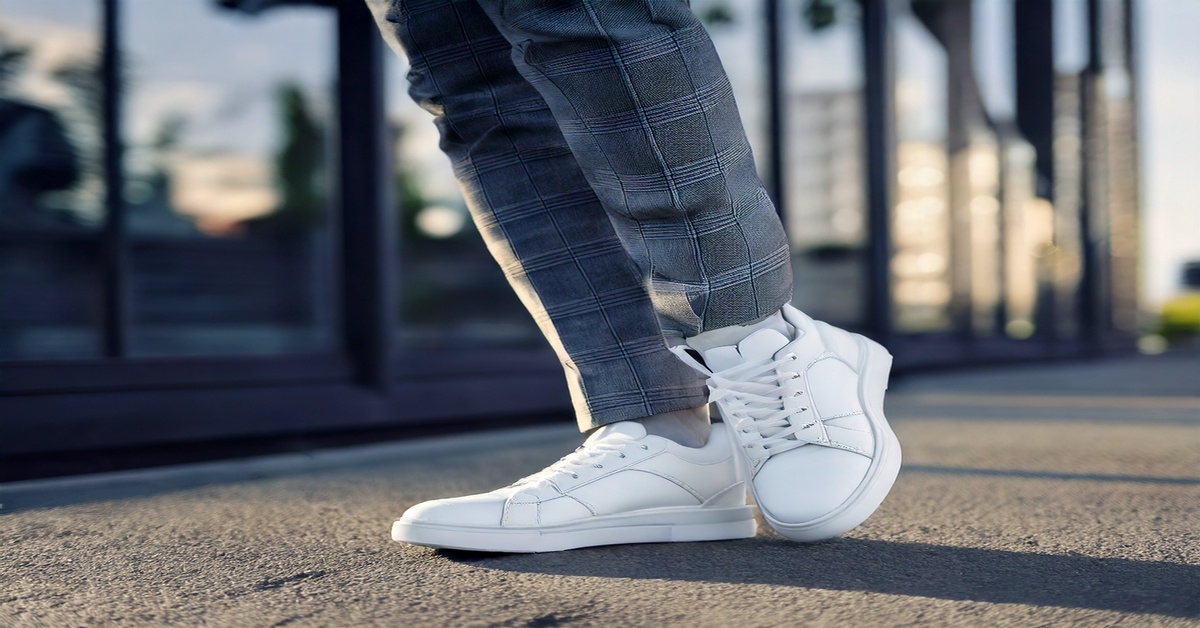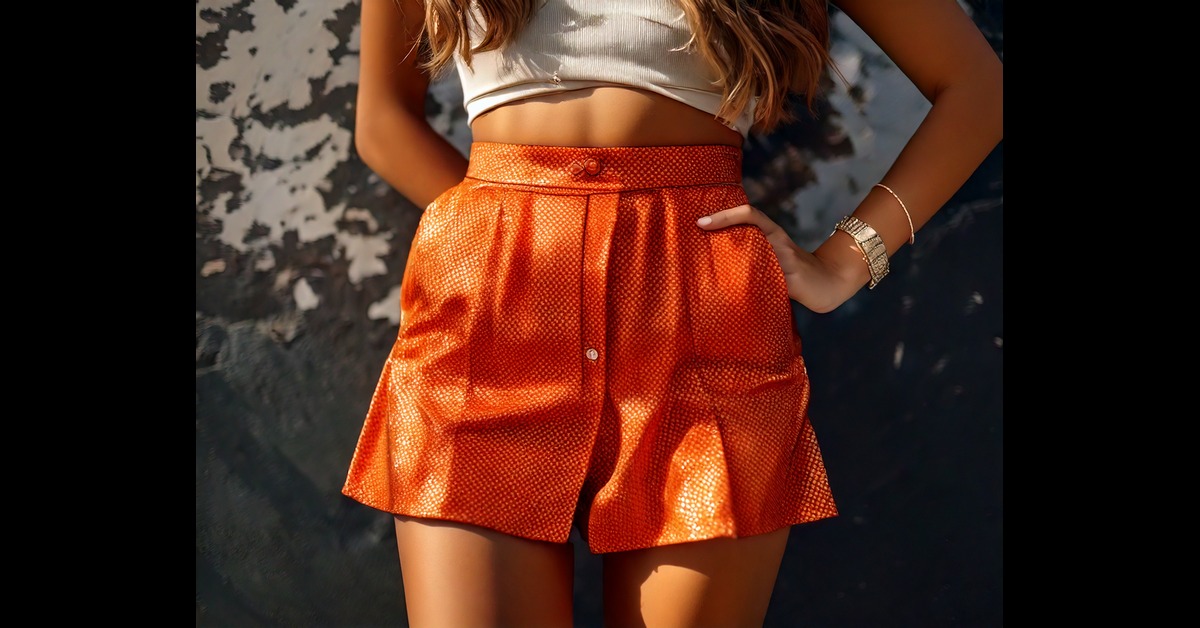If you live in an area where winters go to the bone chilling limits, having fur garments in your wardrobe is a norm. Some people wish to get their hands on a real fur muffler, coat, or jacket, while others prefer to stick to synthetic alternatives. What real and faux fur is and why the debate on faux fur vs real fur has intensified with changing times is what we will discuss in this blog.
We have compiled some points in this article to answer all your questions regarding real and synthetic fur so that you can make an informed choice before buying a fur garment.
What To Expect In This Article?
Introduction to Fur
The crisp and blustery winter breeze always compels us to grab something warm and fuzzy from our wardrobes. Most of the time, it is your fur coat or a leather jacket lined with fur as you can be sure of the coziness it will provide.
Fur is a thick covering of hair on the bodies of several animals, including fox, chinchilla, raccoon, rabbit, and mink. The dense underfur beneath the fine hair provides excellent insulation, keeping the animal warm. The same fur is procured from the animals to turn them into fur garments that serve the same purpose of insulation for humans. Jackets, coats, and other accessories made of fur are considered luxury wear.
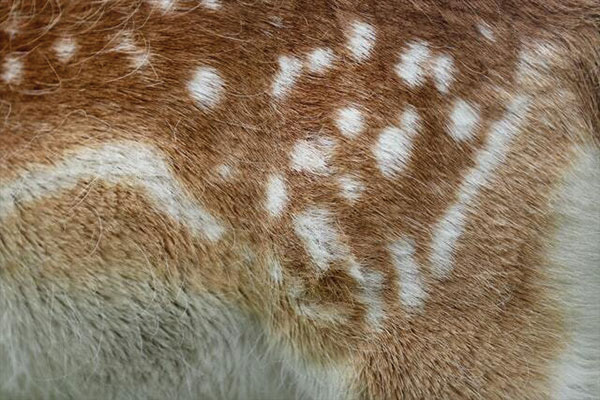
But have you ever wondered whether wearing real or faux fur makes any difference? Is only real fur the real deal? Or should we only go for the faux fur alternative?
Winter garments are supposed to be snug and warm. The furry skin of animals is admittingly soft, warm, and silky, which makes it an appropriate choice for winter wear. Unlike The Jacket Maker where fur and leather are byproducts of the food industry, there are cases where animals especially on fur farms across the world, are exposed to harsh conditions and even death for their fur.
Fur in Fashion
Since the beginning of time, animal fur was used as clothing, so the idea of fur clothing isn’t a new one. With changing times and the need for various forms of clothing, other materials and fabrics came into being, lessening the fur use. But it didn’t vanish completely. Its popularity has remained consistent through the decades.
Royals from Europe frequently wore attire lined with fur, making it a symbol of wealth and extravagance. Fur details on cuffs, collars, and hems were used to add opulence to royal ensembles.
As the demand for fur increased, the idea of fur farming was introduced to meet these needs. Although fur became affordable after the 1950s, it was the same time when man made fur was introduced and its use became popular as more people considered making a switch from real to faux to support animal rights. Fast forward to contemporary fashion, fur is still a popular choice for 2022 fashion trends.
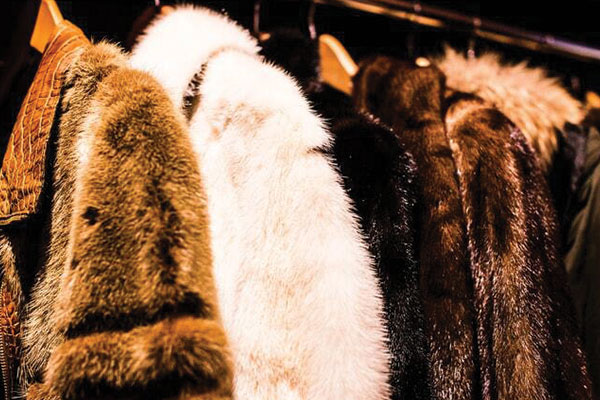
Whether real or synthetic, fur is used on a large scale to make fashionable items including coats, jackets, shawls, and scarves for men and women. Fur accessories are also very popular, including hats, beanies, fur lined boots, and handbags. Fur bomber jackets are an immensely sought after winter essential, and so are shearling jackets which are lined with fur.
Besides fashion, fur is also used in upholstery, blankets, carpets, foot mats, and other household goods.
Types of Fur
Fur is either acquired from animals, which is termed as real fur or produced synthetically using acrylic and polyester fibers, which goes by the name of imitation or faux fur. Based on their difference of being natural and manmade, real and faux fur have many advantages and disadvantages which are stated below.
Real Fur
Although obtained from real animals, real fur is the real deal, that is, purely natural. Here is a breakdown of its pros and cons which will help you make an informed choice.

Advantages
- Original animal skin is cleaned, softened, and stretched to make fur clothing. Real fur is biodegradable, which means it will break down over time, just like an animal. Unless certain chemicals are used to prevent the fur garment from decomposing in the buyers closet.
- The guard hair on the fur is oily, which, along with the thick underfur, provides more warmth than any man made material.
- Real fur is breathable, making it an apt mid layer for deep winters.
- Mother nature designed real fur to keep the animals warm, so nothing can beat it when it comes to adequate insulation in freezing temperatures.
- Animal skin is moisture proof.
- Fur fibers shed less as compared to faux fur.
- Above all, real fur is way more softer and has a better texture than imitation fur which is usually coarse.
Disadvantages
- The process of obtaining real fur and converting it into a wearable garment is prolonged, which in turn influences its price point. Real fur clothes and accessories are hence quite expensive.
- Apparel made from real fur require high maintenance. Only a professional dry cleaner can clean it. To avoid fur matting, you need to take good care to keep it tangle free. A coat made of fur may last for decades in your wardrobe, only if it is cared for and stored properly.
- Real fur is treated with a lot of chemicals for the purpose of cleaning and preservation. Most of these chemicals, such as formaldehyde and hexavalent chromium, are highly carcinogenic, which poses risks to human health.
Faux Fur
In the 1950s, technology opened doors for many possibilities, including the production of faux fur. Faux fur was and is a valued alternative for real fur. Synthetic fibers like acrylic and polyester are woven into a mesh or fabric to look and feel like real fur.
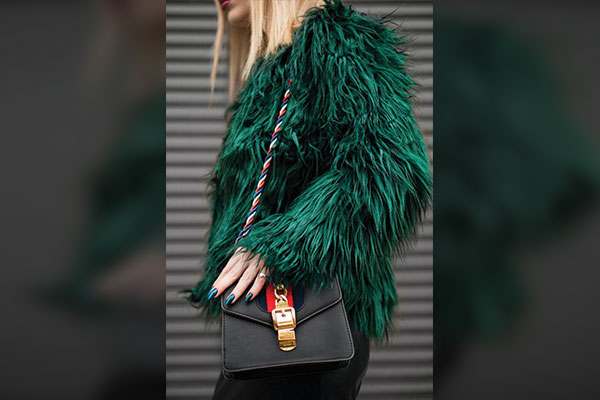
Faux fur was initially reputed for being rough and prone to matting. As the demand for imitation fur rose, several new techniques have been introduced in manufacturing it. As a result, the faux fur made today is extremely silky to touch and feels just as real as real fur. It is definitely a luxurious material fit for opulent clothing and accessories.
Advantages
- Faux fur gives fashion conscious people an opportunity to add the elegant and ritzy look of fur to their outfits.
- It is way more durable than real fur.
- Imitation fur is made by sewing synthetic fibers into a polyester fabric backing. Modern machines give it a realistic feel.
- The price of faux fur is way less than real fur. The price point also depends on the quality. The closer it mimics real fur, the higher the price.
- As faux fur is made using synthetic material, it can be dyed in any color.
- Faux fur staples are easy to maintain as opposed to real fur.
Disadvantages
- Though faux fur also keeps you warm, it is comparatively less insulated than its original counterpart.
- Faux fur is woven into the polyester base, which makes it nonbreathable.
- Moisture can seep through faux fur.
- Although contemporary methods replicate real fur in a better way, it is not as soft as real fur.
- A significant drawback of faux fur, especially low quality, is that it tends to shed off very quickly. The fur fibers can fall off prematurely, leaving bald spots on the garment. It also means that you may need to replace faux fur goods more often.
- Faux fur is non-biodegradable.
Faux Fur vs Real Fur: A Global Debate
People on both sides of the spectrum argue about both types of fur being non-sustainable. On one hand, real fur poses a threat to wildlife in certain parts of the world and on the other, using faux fur releases hazardous plastic into the environment.
There are two ways to end the faux fur vs real fur debate once and for all. We should either opt for second hand fur if it’s real fur or refrain from buying new. Or, we should keep the product’s life cycle in mind when buying faux fur.
Real Fur as a Byproduct
There is another point regarding real fur as a byproduct. This means that the real fur is obtained through the meat industry.. For instance, as rabbit meat is consumed, the fur acquired through it is not as unethical as that from fur farming animals like mink, sable and raccoons.
Real Fur and Exoticism
Many rare animals are also bred for their fur, giving rise to exoticism. Affluent people with a knack for real fur demand these furs which in turn increases the fur farming for these animals. Some of these animals are sea otters, gorillas, seals, leopards, tigers, and bears.
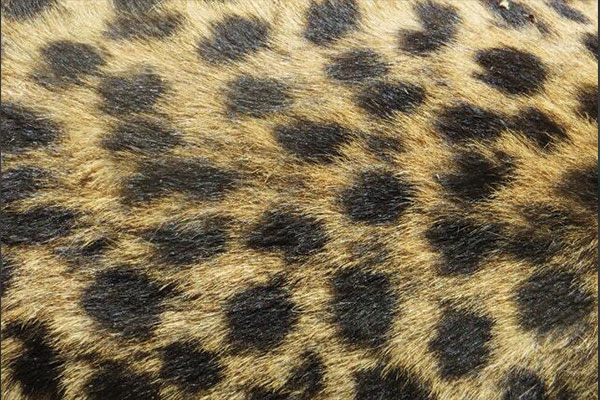
Procuring exotic fur is a step up in an already unscrupulous practice of fur farming.
Ways to Add Fur to your Wardrobe
With all the real vs faux fur debate stated above, we can conclude that real fur is definitely way more toxic for the environment than faux fur. If you like the soft and luxurious feel of fur, it’s better to go for imitation fur and add it to your wardrobe in fashionable ways. Fur garments and accessories can bring style and comfort to your winter and fall looks.
For Men
Fur in menswear is not limited to a fur coat. You can get many types of jackets that have a soft fur lining, fur hoods, fur collars, or other fur details. You can also use beanies with fur pompoms and fur lined gloves.

- The best way to show some extravagant looks for a man is to wear a fur coat. Just wearing it over a turtleneck and black jeans will be enough to keep you warm on a mercilessly cold day.
- Another classy winter outfit inspiration for men is to choose a jacket that is lined with fur and wear it over grey sweatpants and a heavyweight sweater. Finish off the look with a fur beanie and a woolen shawl.
- To create a street style outfit, wear a cozy sweatshirt with grey jeans and fur lined boots. Finish off the look with a woolen muffler and a leather strap watch.
For Women
Women have a considerably larger variety of fur clothing and accessories as compared to men. The garments women made completely with fur or with fur lining and details are available in diverse designs and colors. Women can wear fur outerwear including coats and jackets with dresses, over simple casual outfits, and various types of shirts and tops.
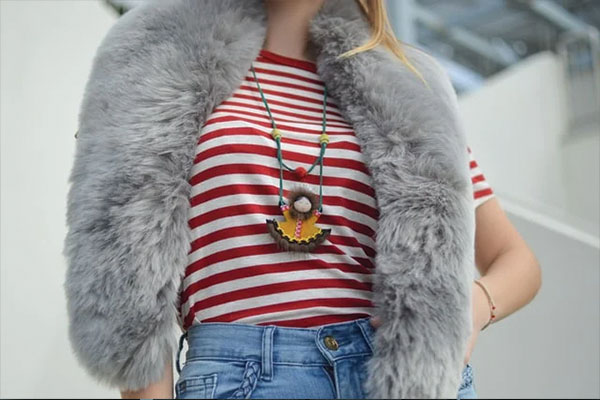
- You can wear a full length blouson dress and add some opulence to it with a fur stole. Wear black stilettos and stud earrings, and it will be a beautiful spring attire.
- For winter, build a luxurious all black outfit with a black ribbed sweater, black leather skirt, and a black fur jacket. Add knee high boots to the mix to increase the style factor.
- You can also don a brown turtleneck, dark brown wool trousers, along with fur accessories like a beanie, gloves, and a brown fur shawl to build a sensational brown outfit.
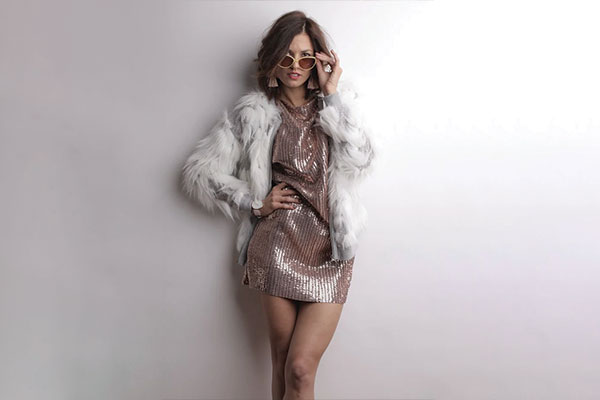
Apart from the garments, fur is also used as a trim on hats, bags, and gloves which looks very stylish.
Conclusion
If you support wildlife and the ecosystem, it is understandable not to go for real fur, unless it is handed down. More people advocate using faux fur instead and adding it to their fall and winter wardrobes in fashionable ways to satisfy the fur craving. Nowadays, most brands are making a switch to faux fur, letting fashion conscious people make an ethical choice.

